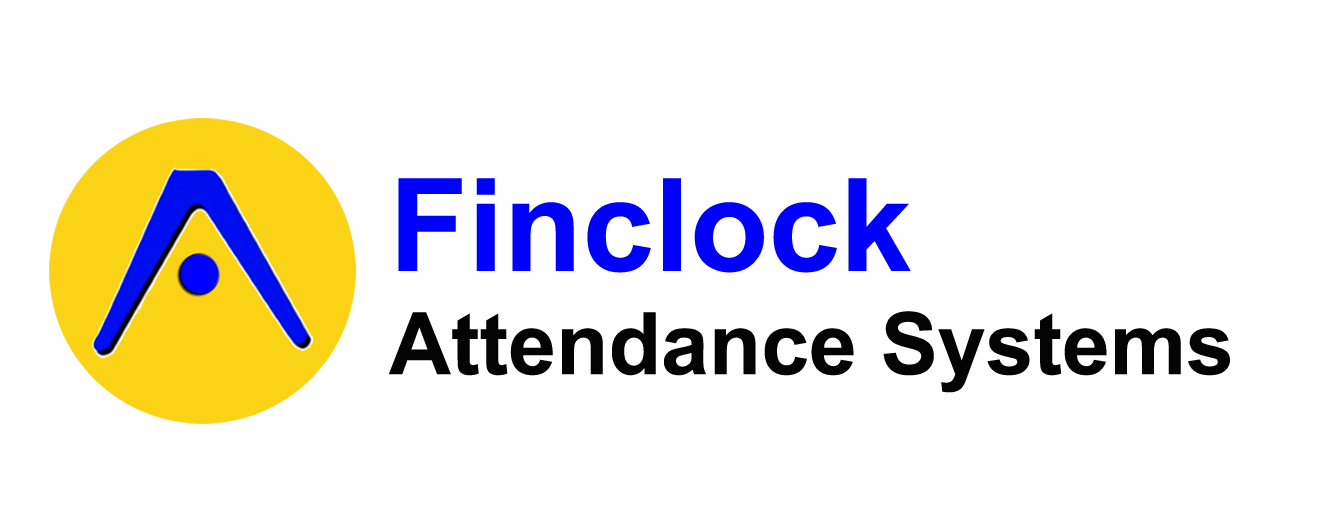Introduction
Biometric systems have become increasingly popular in recent years, especially for attendance tracking purposes. Biometric technology has the capability to accurately identify individuals based on their unique physical traits such as fingerprints, facial recognition, and iris scans. In this paper, we will discuss the advantages of using biometric systems for attendance tracking.
Attendance Systems
Attendance systems are used to track employee or student attendance in a variety of settings including schools, businesses, and government agencies. Traditionally, these systems involved manual methods such as sign-in sheets or punch cards which were prone to errors and time-consuming.
With technological advancements in biometrics, traditional methods are being replaced by automated attendance machines that use thumb scanner technology or online platforms. These new systems can provide accurate data with minimal human intervention.
Thumb Scanner Attendance System
Thumb scanner attendance system is one type of biometric system that uses fingerprint recognition to record an individual’s presence at a specific location. The user simply places their finger on the device’s sensor and within seconds their identity is verified against a database.
This type of system eliminates fraud since it cannot be manipulated by proxy attendances like signing someone else’s name on the register sheet. It also saves time because employees do not need to spend time manually recording their arrival times each day.
Online Attendance System
Online attendance system allow employees or students to check-in from any location with internet access through their devices such as laptops or mobile phones. This makes it easy for remote workers/students who work off-site locations but still need real-time tracking of working hours/attendance records without physically reporting back at office/classroom buildings.
The online platform offers flexibility both for employers/schools and users since they can easily monitor performance metrics remotely while allowing employees/students ample space/comfortability outside normal business hours/class schedules.
Moreover, there is no chance that anyone could manipulate information since all entries are recorded digitally on secured servers hosted by third-party providers.
Attendance Machines
Attendance machines are physical devices that use biometric technology to record attendance data. These machines can be used in various settings such as schools, offices, and government agencies. They are designed to automatically track employee/student attendance without the need for manual intervention.
These machines have benefits like real-time tracking of staff/students, instant alerts on absence/tardiness cases, and improved productivity since they eliminate time wastage on manual entry of records.
Moreover, attendance machines come with different features/options including facial recognition software or iris scans which offer more advanced security measures than traditional methods like ID card readers.
Advantages of Biometric Systems
The advantages of using biometric systems for attendance tracking include:
- Improved accuracy – Biometrics reduce errors associated with human error.
- Time-saving – Automated biometric systems eliminate the need for manual recording.
- Cost-effective – There is no need to purchase paper-based registers anymore.
- Fraud prevention – It’s impossible to manipulate biometric records hence reducing chances of fraudulent activities
- Security enhancements – Advanced security measures offered by some types of biometrics make it difficult for unauthorized personnel to access premises or sensitive information. 6.Enhanced privacy- Since each individual’s unique traits identify them; there is less likelihood that personal details would leak out via third parties unlike when using other forms such as passwords and PINs.
Disadvantages of Biometric Systems
Despite their many advantages, there are also some disadvantages associated with the use of biometric systems:
1.Privacy concerns: Some people may be uncomfortable sharing their personal information due to privacy concerns 2.Costly initial investment: Implementing a new system requires significant capital investments in hardware/software acquisition/installation/employee training efforts 3.Environmental factors: Environmental elements such as dirt/dust/humidity could affect performance if not maintained properly 4.Technical glitches: Technical hitches might occur, leading to errors or system downtime which could affect productivity
Conclusion
In conclusion, biometric attendance systems offer numerous advantages over traditional attendance tracking methods. They provide a secure and efficient way of tracking employee/student attendance while also saving time and reducing costs associated with manual recording. However, privacy concerns and the initial cost of implementation should be considered before implementing such systems in any organization or academic setting.
